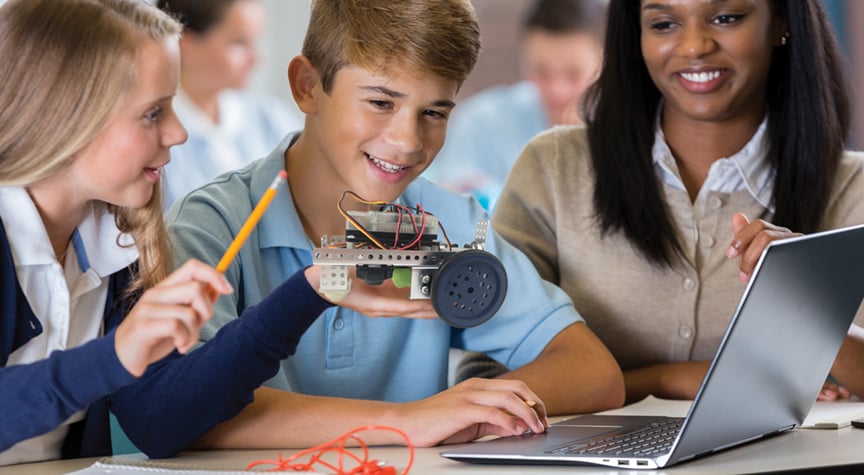Robotics has become a popular activity for incorporating STEM in the classroom. Among other things, robots are engaging, eye-catching, dynamic, and more interesting than a book for capturing and holding a student’s attention. Unfortunately, the vast majority of classroom robots end up being little more than toys made to drive to and fro or side to side without really providing an opportunity for any scientific exploration and learning. When selecting robotic products to introduce in the classroom, it is important to look at the overall educational value of the system—particularly with regard to how it can be used to promote scientific exploration and learning together with the application of mathematic principles.


